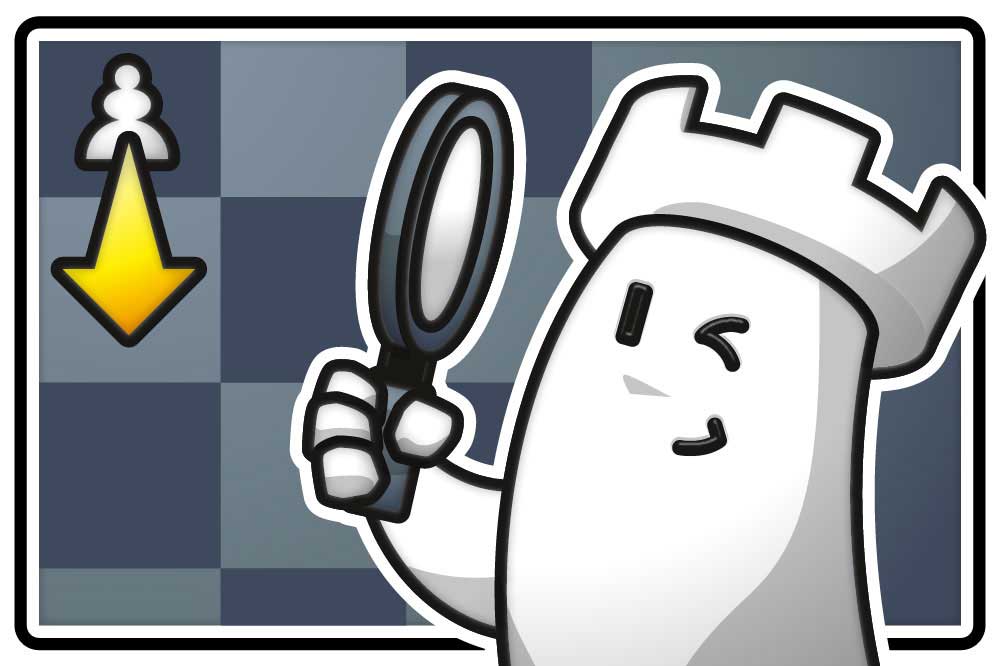Analysing with Fritz 16
Let's assume you just played a game (maybe in a tournament, maybe in a club match) and on your way home the game is still very much on your mind. If you have time and a mobile device you can use the ChessBase Web App "MyGames" to enter the game into a cloud database. While entering the game you have access to the LiveBook and you get a better understanding of the game because the engine indicates tactical errors. Later, you can access the game in the cloud with all other devices by using your ChessBase account.

The cloud: you only need an internet browser to access your data.

Save your game in the cloud to analyse it later (click or tap to expand image)
At home Fritz 16 is the best tool to analyse. Click "ENTER & ANALYSE" on the starting screen.
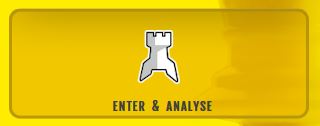
A new function in Fritz 16 is "Resolve Score Sheet Problems". This helps to reconstruct the game when a move is missing or you wrote down a wrong move in the heat of battle or when you enter games of other players.

Fritz 16 highlights irregular moves in red.
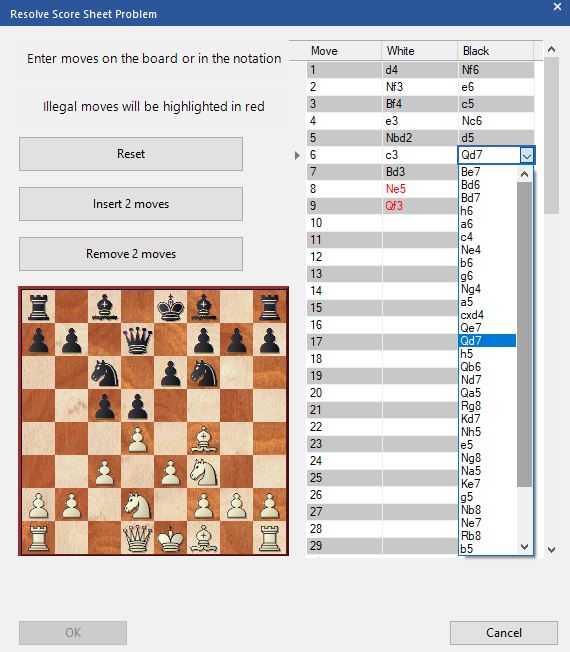
Coaches like to stress how helpful it is to analyse games without an engine. But of course you can also turn to Fritz immediately: the basic mode for analysing is the function "Infinite Analyses" (under the menu "START").
Infinite analysis with the chess engine
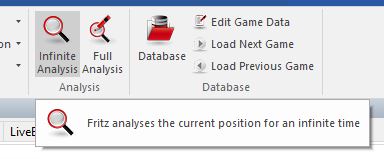

Infinite analysis
"Infinite analysis" tells the engine to analyse the position that is currently on the board. The "Let's Check" function tells us whether other players analysed the position in-depth and with strong engines.
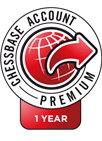 At the airport, in the hotel or at home on your couch: with the new ChessBase you always have access to the whole ChessBase world: the new ChessBase video library, tactics server, opening training App, the live database with eight million games, Let’s Check and web access to playchess.com
At the airport, in the hotel or at home on your couch: with the new ChessBase you always have access to the whole ChessBase world: the new ChessBase video library, tactics server, opening training App, the live database with eight million games, Let’s Check and web access to playchess.com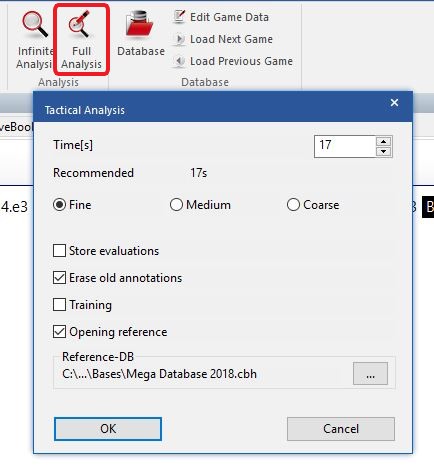
Tactical analysis
Another option to analyse games is offered by "Full Analysis" (under the menu "START" and "Analysis"). This function helps to find errors and inaccuracies in games.
The program adds comments and lines to the notation, considering the following:
- Opening theory
- Tactical motifs, strong moves, combinations, piece sacrifices, double attacks
- Possible errors and inaccuracies
- Weak moves which were not played (to answer questions such as "Why can't I take here?"). Usually, the reason why a certain move would have been bad is indicated
- Threats and attacking motifs
- Defensive ideas, attacking possibilities, manoeuver, endgame classification and game results that are not logical

The tab "Analysis" lists the main functions for analysis
1. Blunder Check
"Blunder Check" does not lead to a comprehensive analysis of a game but runs a purely tactical analysis to find errors. The dialogue offers several options to find the biggest error.

2. Deep Position analysis
"Deep Position analysis" analyses a concrete position, but not the whole game. This function is very useful for a detailed analysis of critical positions. For correspondence players, it is extremely important. The function creates an analysis tree for the position in question. You can tell the program how deep it should analyse and how comprehensive the analysis tree should be. Moreover, you can define which kind of moves you want to exclude from the analysis.
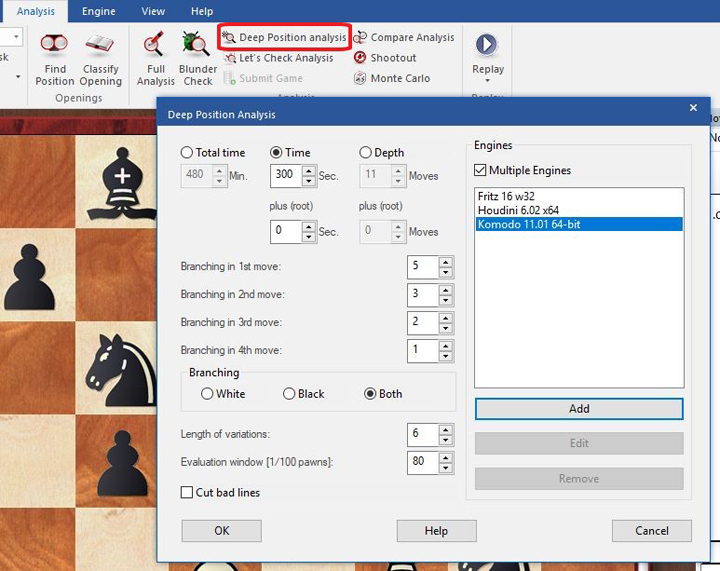
Deep Position analysis
3. Let's Check!
"Let's Check" saves time. This function allows you to access all information saved on the Let's Check server, including the analyses of positions which countless engines have analysed in detail, sometimes on powerful computers: "Let’s Check" contains analyses of more than 200 million positions, including the endgame turbo with 5-piece endgames and the most important 6-piece endgames!
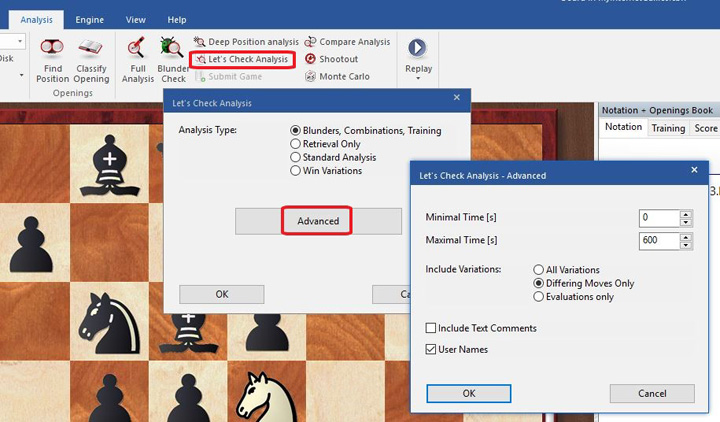
Let's Check!
4. Compare Analysis
The results which different engines arrive at can be compared with "Compare Analysis". This helps to see the strengths and weaknesses of different engines.
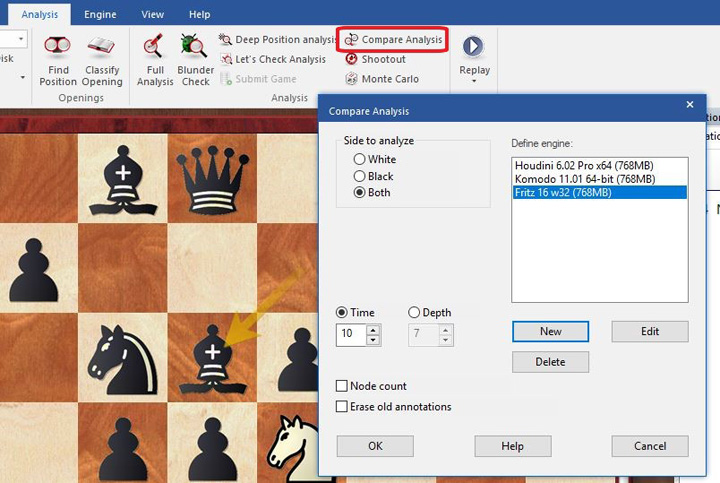
Comparing analyses
5. Shoot out
"Shoot out" leads to an engine duel — engines play a certain position against each other. This is an engine test and helps to evaluate the most common endgames or middlegames better.
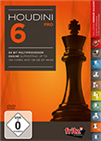 Houdini 6 continues where its predecessor left off, and adds solid 60 Elo points to this formidable engine, once again making Houdini the strongest chess program currently available on the market.
Houdini 6 continues where its predecessor left off, and adds solid 60 Elo points to this formidable engine, once again making Houdini the strongest chess program currently available on the market.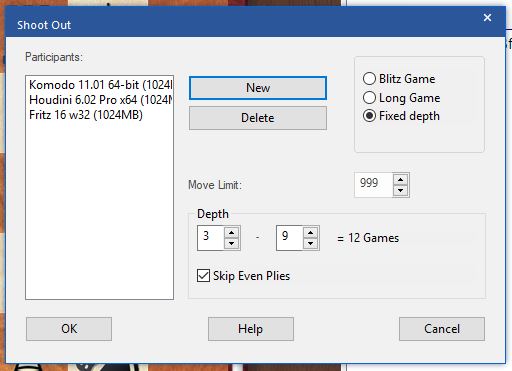
Shoot out
6. Monte Carlo
"Monte Carlo" tells the engine to play a huge number of games against itself. The results are shown in a statistical tree. However, not all engines support the so-called "Monte Carlo Analysis": only the engines developed by Vasik Rajlich (Rybka 3 or 4 — including the Deep versions — Fritz 15 and Fritz 16) support this feature.
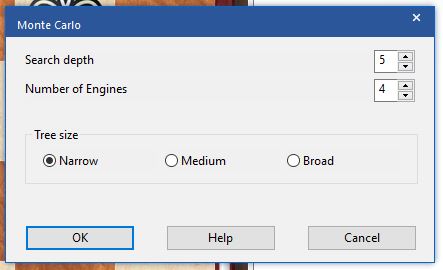
Monte Carlo Analysis
For years now Rybka has dominated the computer chess scene. No other program has been able to achieve a similar increase in playing strength. For chess analysis Rybka has long become one of the most important analyis tools of professions and amateurs alike. So that this state of affairs will continue in the future, the Rybka-team gathered around programmer Vasik Rajlich has developed a new version which is even better: “Rybka 4 plays more aggressively and more tactically”.
Cloud Engine
If you want to analyse a position with a top engine running on strong hardware you can rent an engine that runs on another supercomputer! You always have access to superfast computers which calculate more than 100 million positions per second — which is 20 times faster than a normal PC. And you do not need resources from your own computer - that's how modern professionals analyse today…

Cloud Engine
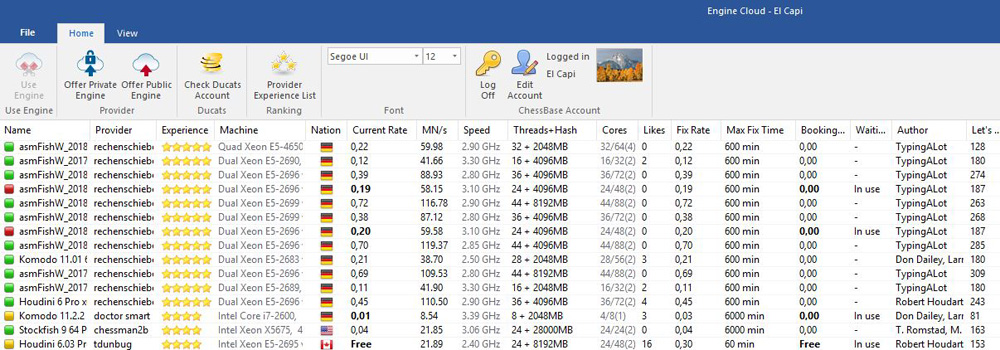
Just give it a try - you will see that analysing with Fritz is more than activating "Infinite Analysis".
Fritz 16 is looking forward to playing with you, and you're certain to have a great deal of fun with him too. Tense games and even well-fought victories await you with "Easy play" and "Assisted analysis" modes.
